Beekeeping’s got a rich history that’s hard to overlook and its significance is buzzing louder than ever. Dating back thousands of years, it’s more than just honey production—it’s about biodiversity, agriculture, and the precious balance of our ecosystems. Nature lovers, take note.
So, what’s up with small-scale versus commercial beekeeping? These two approaches share the goal of hive harmony but differ in scale and methods. Small-scale beekeeping is often a passion project, an opportunity to support local ecosystems, while commercial endeavors are all about maximizing efficiency and output. Each serves unique roles in both nature and the economy.
The impact of beekeeping on agriculture is monumental. Bees are the ultimate pollinators, playing a crucial role in the growth of fruits, nuts, and vegetables. Whether it’s a quaint backyard hive or a sprawling commercial operation, beekeepers are vital contributors to our food chain sustainability. Without bees doing their thing, our food supply would face severe challenges.
Considering starting a beekeeping journey? Welcome to a community that thrives on passion and patience, where every hive contributes to the healing of our earth.
Essential Techniques in Small Scale Beekeeping
Kicking off a small-scale beekeeping project? It’s all about the essentials. The first step is setting up a hive, and trust me, location matters! You want a spot that gets plenty of sunlight with some wind protection. Hives thrive when they’re comfortable and well-designed for their buzzing occupants.
To get started, you’ll need some basic equipment—think hive boxes, frames, a smoker, and a bee suit. These tools help keep both you and your bees safe and productive. Nothing like a good suit to ward off those stingy little surprises!
Small-scale beekeepers often face challenges like pests and unpredictable weather. But with a bit of resourcefulness, they find ways around them. Local beekeeper associations can be lifesavers, offering advice and support through those tough first seasons.
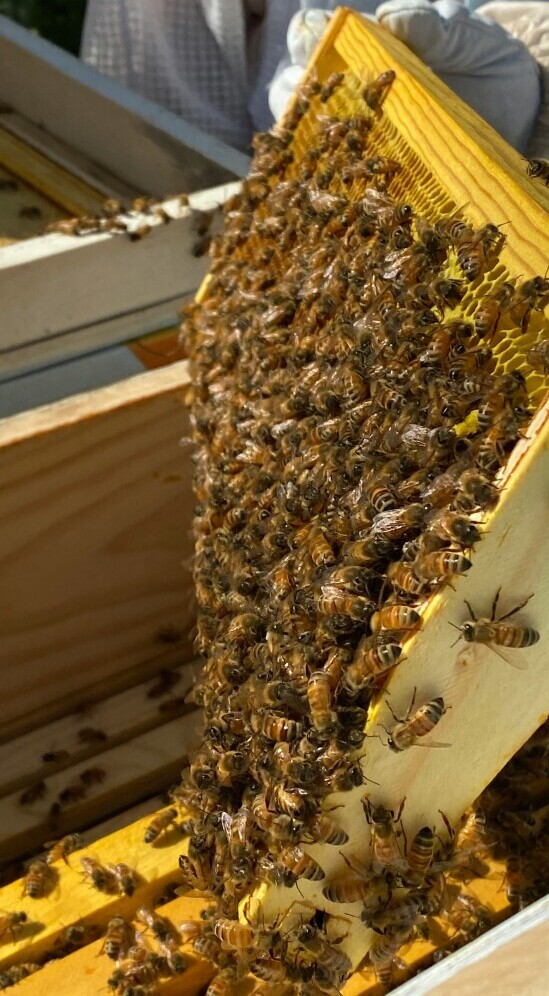
It’s not just about honey—a small hive benefits local flora and fauna, giving back to the environment. Every little bit helps when it comes to supporting biodiversity. Your small-scale beekeeping efforts might just spark broader environmental change in your area.
Small beekeeping projects can teach you patience and an appreciation for the delicate dance of nature. You’ll find yourself more aware of seasonal shifts, anticipating the needs of your buzzing buddies, and transforming from an observer into an active participant in nature’s grand show.
Commercial Beekeeping: Strategies and Practices
Stepping up to commercial beekeeping means being ready to handle things on a whole new level. We’re talking about managing hundreds or thousands of hives—quite the leap from a backyard setup! This scale demands meticulous planning and organization to keep things humming smoothly.
Commercial beekeepers use advanced tech and methodologies that might sound straight outta a sci-fi movie. From GPS tracking for migratory hives to the latest hive monitoring software, the tech game is strong. These innovations help track bee health, optimize productivity, and even predict potential issues.
Profitability is a big deal in commercial beekeeping. With honey, wax, and even bee sales, there’s plenty of ways to generate income. But it’s not just about cranking out product—sustainability needs a seat at the table too. It’s crucial to balance profitability with practices that are kind to the environment to ensure the long-term viability of the industry.
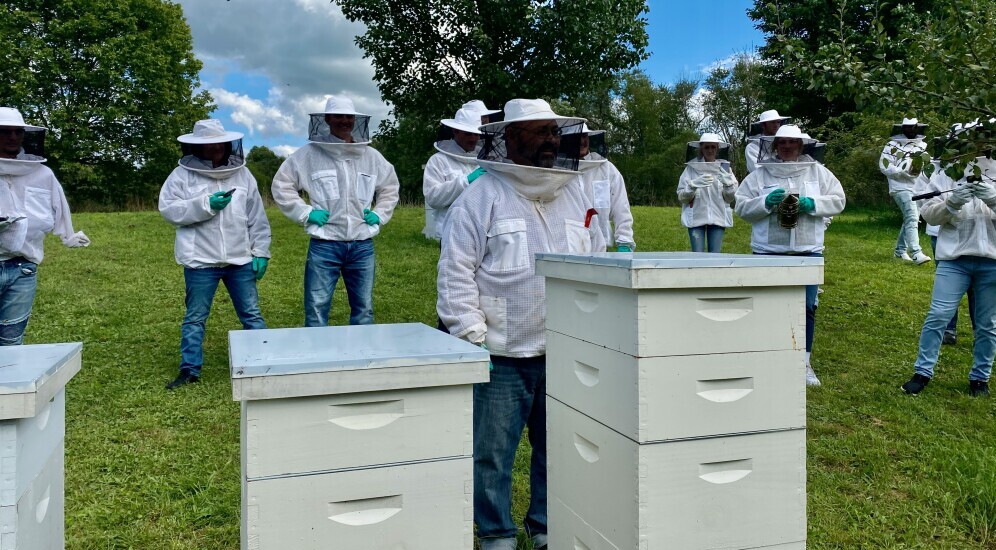
Handling such large operations isn’t without its hiccups. Commercial beekeepers often grapple with disease management and pesticide exposure, which requires vigilance and regular check-ups. Healthy bees are happy bees, and keeping them fit and fine is key for any fruitful venture.
If you’re considering going pro, understand that this path is as rewarding as it is challenging. You’ll need grit and a solid business plan, but the potential payoff—both financially and ecologically—is worth the effort. Being a part of a larger network of agricultural providers can be deeply satisfying, connecting you to nature and community on a bigger scale.
Comparing Environmental Impact: Small Scale vs. Commercial
Small scale and commercial beekeeping both play vital roles in supporting biodiversity, but their environmental impacts differ significantly. Small scale beekeeping often benefits local ecosystems by fostering nectar sources and aiding in plant pollination, leading to a more balanced ecosystem in your neighborhood.
On the flip side, commercial beekeeping can have a much larger ecological footprint. Transporting hives over long distances for pollination services, for instance, contributes to carbon emissions. However, its broader reach means supporting agriculture on a substantial scale, which feeds into global food security.
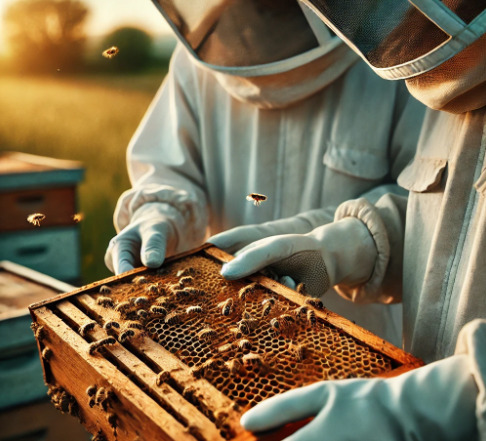
Assessing these environmental impacts requires a nuanced approach. Both scales have complexities, but thoughtful practices can reduce negative outcomes. For instance, using natural pest control methods instead of chemicals aids in maintaining healthy bee populations and minimizes harmful runoff.
Mitigating environmental downsides is essential, especially in commercial ventures. By implementing sustainable practices like responsible land management and supporting plant diversity around apiaries, commercial beekeepers can make a positive impact.
In navigating these differences, it’s clear that every type of beekeeping holds a piece of the sustainability puzzle. Whether small or large scale, fostering healthy bees leads to thriving environments, benefiting everyone from hobbyist beekeepers to large-scale farmers.
Future of Beekeeping: Trends and Innovations
The future of beekeeping’s looking bright and dynamic with some fascinating trends taking shape. Sustainable practices are the buzzword, with both small scale and commercial beekeepers adopting methods that prioritize bee welfare and environmental health.
Technological advancements, like AI-driven hive monitors and automated feeders, are transforming how we care for our bees. These tools provide real-time data that help detect hive issues early, keeping bee populations healthy and productive. It’s a game-changer for efficiency and precision.
Urban beekeeping is gaining traction, with city dwellers eager to support local biodiversity. Rooftop hives are popping up everywhere, bringing the joys and responsibilities of bee care to urban settings. This trend isn’t just trendy—it’s a vital link in urban ecosystem management.
With growing awareness of bee population declines, educational efforts are ramping up. Workshops, online resources, and community programs are empowering new generations of beekeepers. Knowledge sharing ensures that innovations reach everyone, from hobbyists to large-scale producers.
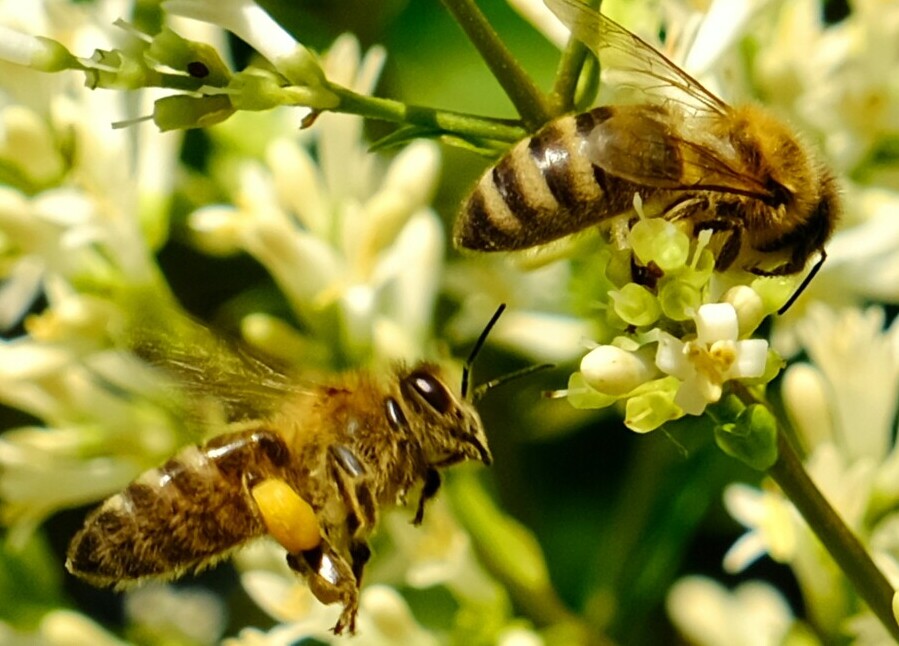
The potential for expansion and positive impact is immense, and each beekeeper, whether a novice or a seasoned pro, can play a part in this exciting future. Embracing these trends could lead to innovations that further integrate beekeeping with technology, ecology, and everything in between.
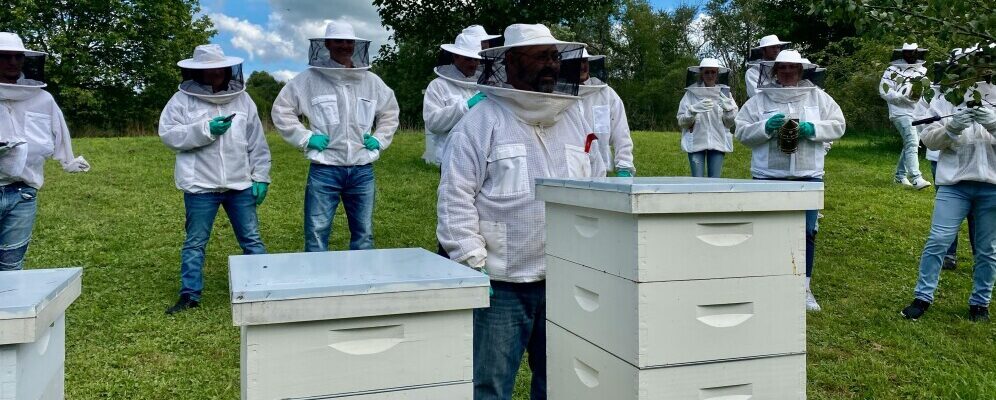
2 comments on “Small Scale Vs. Commercial Beekeeping Practices”
Angela M.
December 17, 2024 at 12:54 pmHello!
I really enjoyed reading this article! As someone who’s very interested in beekeeping, I’m fascinated by the differences between small-scale and commercial practices. I can totally relate to the more personal approach of small-scale beekeeping—I can imagine it’s so rewarding to manage a smaller number of hives, where you can really pay attention to each colony’s needs. However, I can also see the appeal of the efficiency and reach that commercial beekeeping offers if you have the space and resources.
I’m curious, what do you think is the biggest challenge when transitioning from a small-scale to a commercial setup? And for someone just starting out, would you recommend focusing on quality honey production, or is it better to explore other aspects of beekeeping like pollination services? I’d love to hear your thoughts!
Angela M 🙂
Randi
January 6, 2025 at 3:49 amThanks for your thoughtful comment! I’m so glad you enjoyed the article. Transitioning from small-scale to commercial beekeeping definitely has its challenges—managing the increased risk of disease, especially Varroa mites, is a big one. On a larger scale, staying on top of mite control while ensuring the health of each colony becomes much more complex.
For beginners, I’d recommend focusing on learning how the bees work—understanding their behavior, seasonal needs, and colony dynamics is key. Managing Varroa mites early on is also crucial, as they’re one of the biggest threats to hive health. Once you’ve got a solid handle on those basics, you can decide whether to focus on quality honey production or explore other aspects like pollination services. Let me know if you have any other questions—I love talking all things bees!